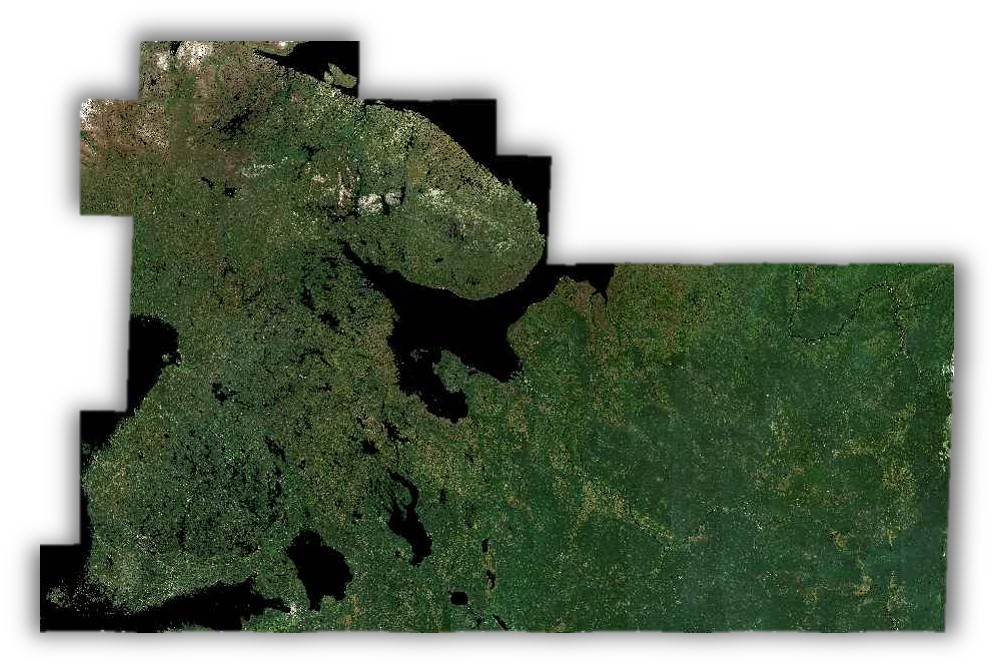Assesscarbon project ready to start implementing biomass and carbon modelling pipeline into Forestry TEP

A few months ago we introduced the Assesscarbon project project in our blog series. The project develops and demonstrates at a pre-operational level an approach for large area forest biomass and carbon modelling in Forestry TEP, combining ground reference data, Sentinel-2 imagery and primary production modelling.
During the first half of the project, Terramonitor (Satellio Oy) has been developing a new Sentinel-2 temporal compositing method. After screening for valid pixels, the method defines quality weighs for each individual observation. The compositing algorithm utilizes a weighted average of the valid observations to form the final composite image spectra. This novel compositing method was used to create a wall-to-wall cloud free 10 m resolution Sentinel-2 composite image consisting of 214 tiles and covering the entire Finland and the Russian boreal forests until the Ural Mountains. The composite includes data from summers 2019 and 2020. It can be viewed in 60 m resolution here.
Using the composite imagery, VTT Technical Research Centre of Finlandcreated a Forest Structural Variable model based on the Probability method to produce estimates of forest volume, basal area, diameter, height, species composition and site type. These forest characteristics are used as input for the Primary Production models, which were created by the University of Helsinki. A data assimilation framework was developed to integrate multi-temporal information of forest structural variables and site type into the forest models. This approach will enable successively improving accuracy of primary production estimates in operational frequently updating monitoring systems.
The Assesscarbon project has now reached an important milestone with all the components needed in the biomass and carbon modelling ready for implementation. In the next phase of the project, VTT and Simosol Oy will develop and implement an automated processing pipeline into the Forestry TEP platform to process the output layers of Volume, Gross Primary Production, Net Primary Production and Stem Volume Increment, for all the 214 Sentinel-2 composite tiles.
Overall, the project is well on track to demonstrate the usability of Sentinel-2 imagery combined with forest variable and primary production models for large area biomass and carbon estimation in pre-operation level. The system can be further developed to derive large area biomass and carbon pool and flux estimates and forecasting in a scalable fashion to support forestry enterprises, government departments, international regulatory bodies and scientific users in their forest management and reporting needs.
